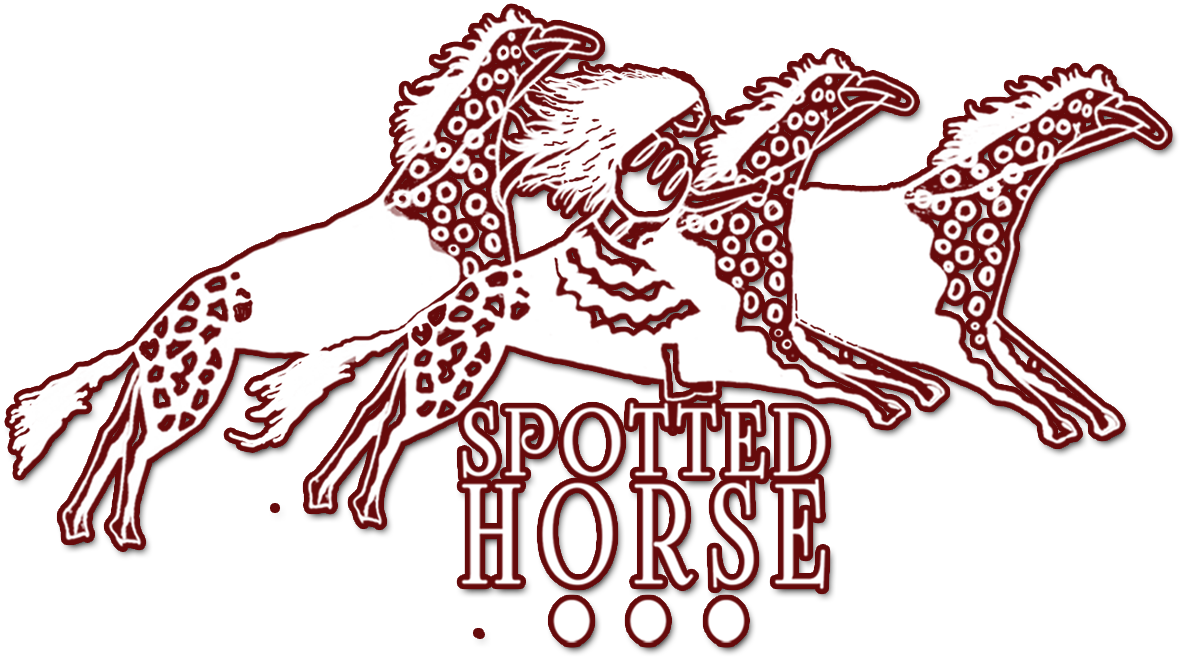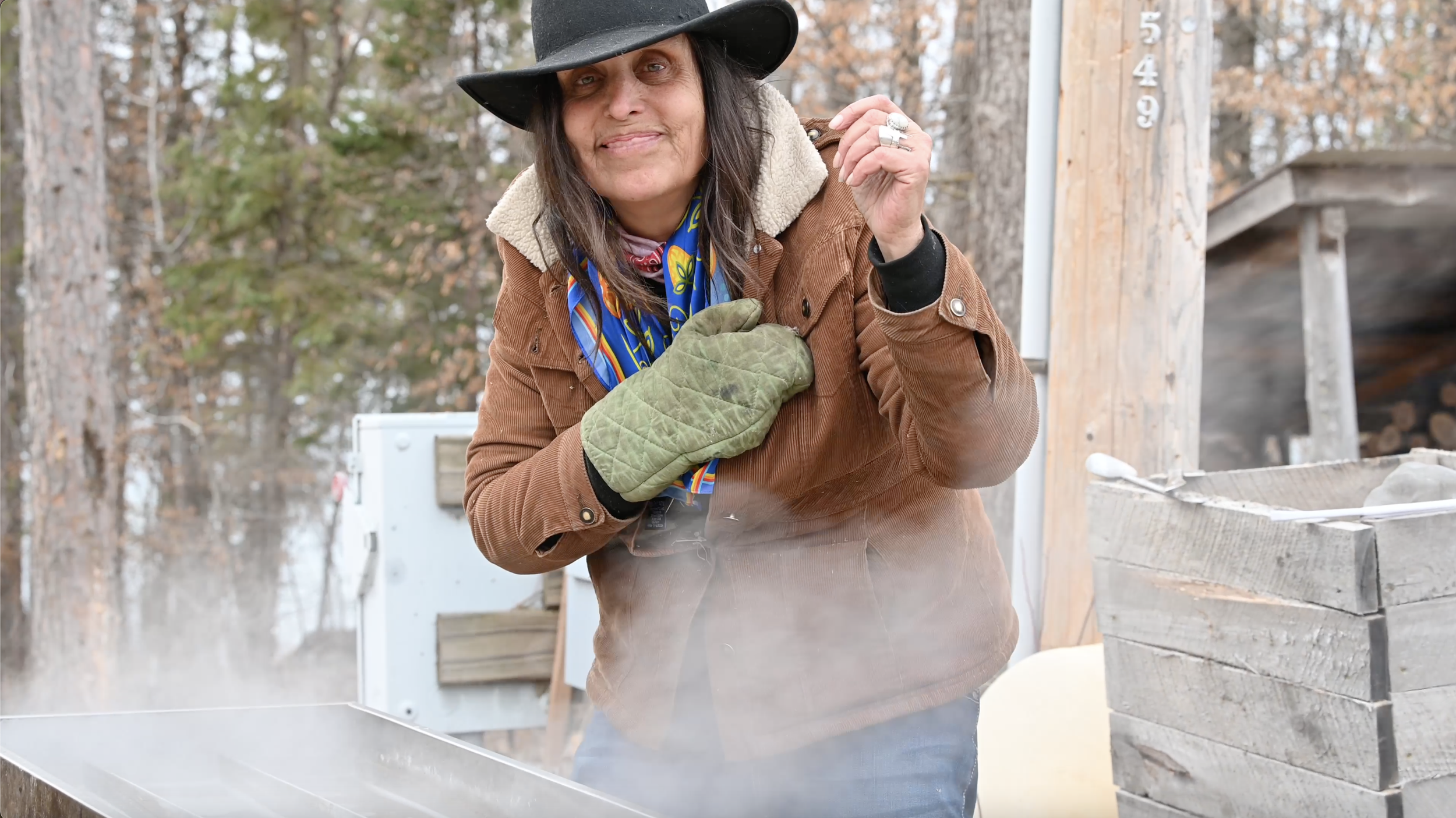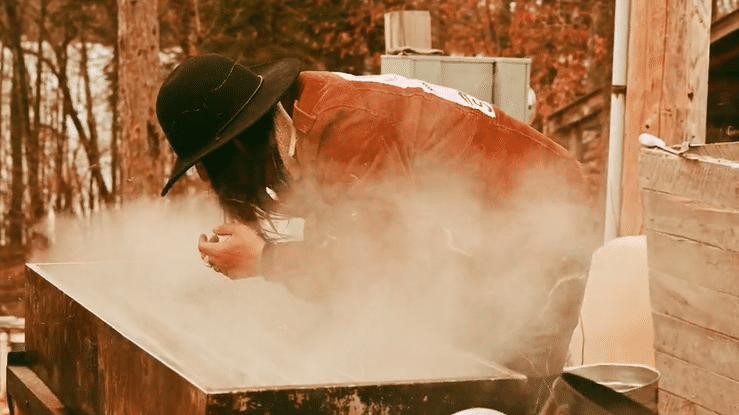LaDuke: The Ojibwe new year
The Ojibwe new year.
by Winona LaDuke
April 16, 2022
Photo by Sarah LittleRedfeather
“The Ojibwe near year has arrived. That’s what I know. Gregorian calendars are based on commemorative times, while the Anishinaabe view the new year to begin as the world awakens after winter. Indigenous spiritual and religious practices are often said to be reaffirmation religions, reaffirming the relationship with Mother Earth.”
Land determines time. Giiwedinong, or up north, we have six seasons, including a couple shorter seasons: “freeze up” and “thaw.” The Cree and Ojibwe people are the northern people here; to the west the Dene, Gwichin and Inuit have different descriptions of the seasons.
What’s for sure is that the freeze up, Gashkaadino Giizis or November in Anishinaabemowin, is called the Freezing Over Moon. March is referred to as Onaabaanigiizis, or the Hard Crusted Snow Moon.
In the Anishinaabe world, and the calendar of our people, there’s nothing about Roman emperors like Julius or Augustus. Those are not months to most of us. In an Indigenous calendar time belongs to Mother Earth, not to humans.
Bradley Robinson, from Timiskaming, Quebec, writes these seasons, not only in Cree and Ojibwe, but in syllabics, the orthography of the north:
Ziigwan (spring): ᓰ ᑿᐣ
Minookamin (the good earth awakening): ᒥ ᓅ ᑲ ᒥᐣ
Niibin (summer): ᓃ ᐱᐣ
Tagwaagin (falling leaves time): ᑕ gᐚ ᑭᐣ
Piiji-Piboon (on the way to winter, the freezing time): ᐲ ᒋ ᐱ ᐴᐣ
Piboon (winter): ᐱ ᐴᐣ
If language frames your understanding of the world, those who live on the land, have a different understanding than those who live in the memories of Emperors. There’s no empire in creator’s time.
The Ojibwe near year has arrived.
That’s what I know. Gregorian calendars are based on commemorative times, while the Anishinaabe view the new year to begin as the world awakens after winter. Indigenous spiritual and religious practices are often said to be reaffirmation religions, reaffirming the relationship with Mother Earth.
The maple sugarbush, that’s really when the year begins, when the trees awaken. We are told that long ago, the maples ran all year, and the trees produced a sweet syrup. Our own folly changed that equation, and today the maple sap runs only in the spring, and it takes 40 gallons of sap to make a gallon of syrup.
We learned to be respectful of the gifts provided by Mother Earth. That’s a good lesson for all of us. We go to the sugarbush now, and we are grateful for the sugar which comes from a tree. This sugar is medicine.
As spring approaches, we prepare our seeds of hope, and we think about the future plants, foods and warm ahead — aabawaa, it’s getting warm out. Minookamin, the land, is warming up and with that, the geese and swans return in numbers to our lakes, thankful to be home. After that 5,000-mile flight, it seems that we could make sure their homes are in good shape, their waters clean.
I’ve been worrying about that Roundup stuff and the unpronounceable chemicals big agriculture is about to levy on these lands. I’ve always maintained that if you put stuff on your land that ends in “-cide,” whether herbicide, fungicide or pesticide, it’s going to be a problem. After all, that’s the same suffix as homicide, genocide and suicide.
Don’t eat stuff that ends with -cide. So, heading into a local Fleet Farm, or Ace Hardware, there’s going to be a lot of that in the aisles. Take Monsanto’s Roundup, that’s the stuff we are going to see all over these stores; there are thousands of lawsuits about the non-Hodgkin lymphoma. Or maybe paraquat, associated with Parkinson's disease. An estimated 6.1 billion kilos of glyphosate-based weed killers were sprayed across gardens and fields worldwide between 2005 and 2014 (the most recent point at which data has been collected). That is more than any other herbicide, so understanding the true impact on human health is vital.
A 2016 study which found a 1,000% rise in the levels of glyphosate in our urine in the past two decades – suggesting that increasing amounts of glyphosate is passing through our diet.
From the micro-plastics in our blood to the weedkiller in our urine, I’d like a little less weird stuff in my body, and maybe we move toward organic — the geese and bees like that better. That’s one of my prayers for this New Year. Along with my New Year's resolutions: to listen better, to not lose my mittens, be with my family, and to grow more food and hemp. It’s time to make those plans.
As climate change transforms our world, I am still hoping we can keep a few constants, like our six seasons.
This is what I know, the geese return, and that’s a time. When the crows gather, the maple trees flow with sap and the world is being born again.


